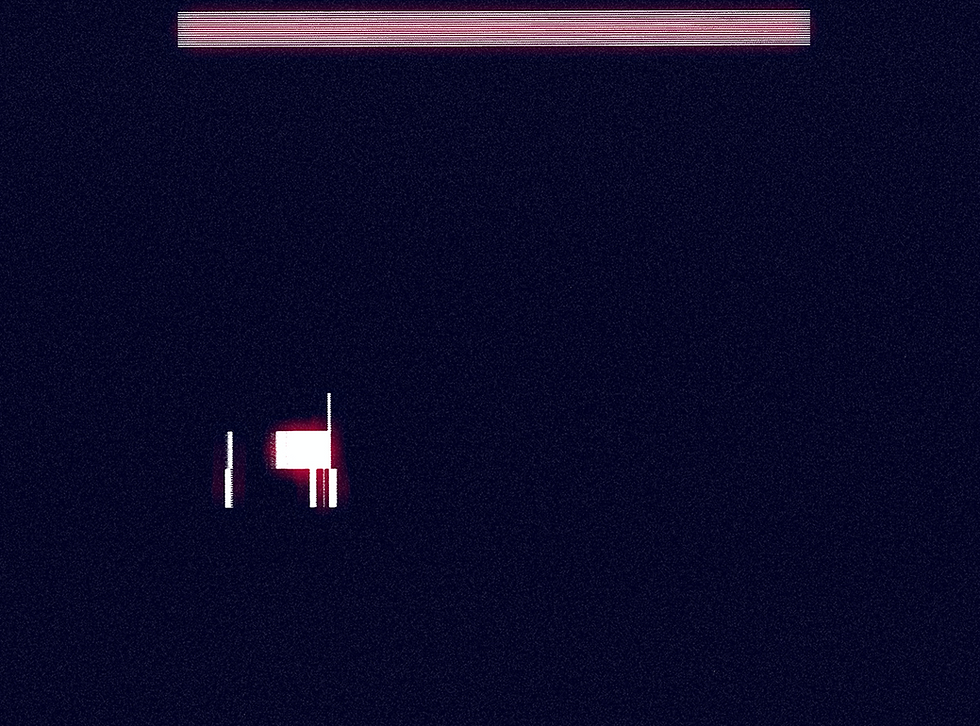Wuttin Chansataboot
- Posthuman Art Network

- Oct 9, 2022
- 3 min read
Graduated from Slade School of Fine Art, UCL, London in 2011. Wuttin Chansataboot is a Thai media artist and filmmaker working across disciplines from moving image to multi-media installation. His works have been exhibited at art events and film festivals internationally. Chansataboot’s project “The Metamorphosis of Self and Identity in Digital Era” won Celeste Prize (in Project Prize category) in Milan which made him the only Asian to be awarded the prize in 2015. He received the gold and silver medals in mixed-media art category from the 61st, 62nd and 63rd National Exhibition of Art, the longest running visual art competition in Thailand. As a full-time lecturer, Chansataboot is currently teaching in Sculpture Division, Faculty of Fine Arts, Chiang Mai University. In 2020, he obtained PhD in Visual Arts at Silpakorn University, doing a practice-based research revolving around the effect of virtual interaction on self and identity in social network realm. His creative process usually associates with the mechanism and fluidity of digital medium which could significantly alter what we perceive as reality in various aspects.
Website: http://wuttinchansataboot.com/
Project Proposal:
Intervention into the structures of language and exploring the possibility to utilize the altered linguistic building blocks in visual art creation process, have been playing significant roles in my artistic practice for quite some time. As a media artist who is trying to comprehend the concept of Object-Oriented Ontology (OOO), the notion of “language” in my lexicon, has recently expanded beyond the boundary where we connect to each other through verbal and non-verbal communication, it also includes the ways that we comprehend and relate ourselves to nearly everything around us. Hence, the word “language”, in this sense, encompasses the enigmatic semantic elements which possibly emerge from or embed in the dialogue between human and machine (both analog and digital), as well as the relationship between human and other non-human entities such as household items, architecture, animals, plants, rocks, stones and etc.
During Foreign Objekt’s Research Artist Residents 2022-2023, I would like to develop the idea of “The Ballad of Micro Phoenix”, a multi-media project utilizing the language of life, namely the DNA sequence, extracted from microbes or fungi found in burnt forest areas affected by wildfires in Chiang Mai, Thailand. The long strings of A, T, C and G derived from those tiny organisms will be used as primary materials for creating kinetic sculptures in different forms of experimental musical instruments.
The initial idea of this project evolved from two questions. Firstly, is it possible that some non-human beings such as microbes or fungi could possess the ability to witness, observe, absorb and record the incidents occurred in particular circumstances, within their cells or biological systems? Secondly, how we, as humankind, could possibly decipher and interpret the encoded messages and narratives embedded in the body of microorganisms who became living receptacles that, in a way, contains the memories and histories of the places.
Once the process of DNA sequencing is finished, the biological data (a series of A T C G) extracted from those living organisms found in the burnt forest will be digitized and turned into a series of binary numbers (or other digital formats), then mapped onto various patterns of musical notes. Utilizing microcontrollers, such as Arduino board or Raspberry Pi, the digital data will be used to conduct physical movement of analog mechanisms embedded inside kinetic sculptures’ bodies which will trigger an acoustic combination of unusual melody produced by each instrument.
Not only conducting the movement of the sculptures that produce the sound in physical space, the long strings of A T C G will also be used to generate the replicas of the microbes in forms of digital beings (2D or 3D graphics) which will be displayed in the exhibition room as well as in the virtual space simultaneously. In addition, the physical activity of moving sculptures installed in the real space will be continuously monitored by web cameras. Then, the live-feed video signal will be transmitted to and presented on an online platform in real-time. This will enable the viewers around the globe to access and see the image of synthetic digital organisms and kinetic sculptures installed in real space from anywhere at any time. This initial idea is expected to be developed further during the residency.



Comments